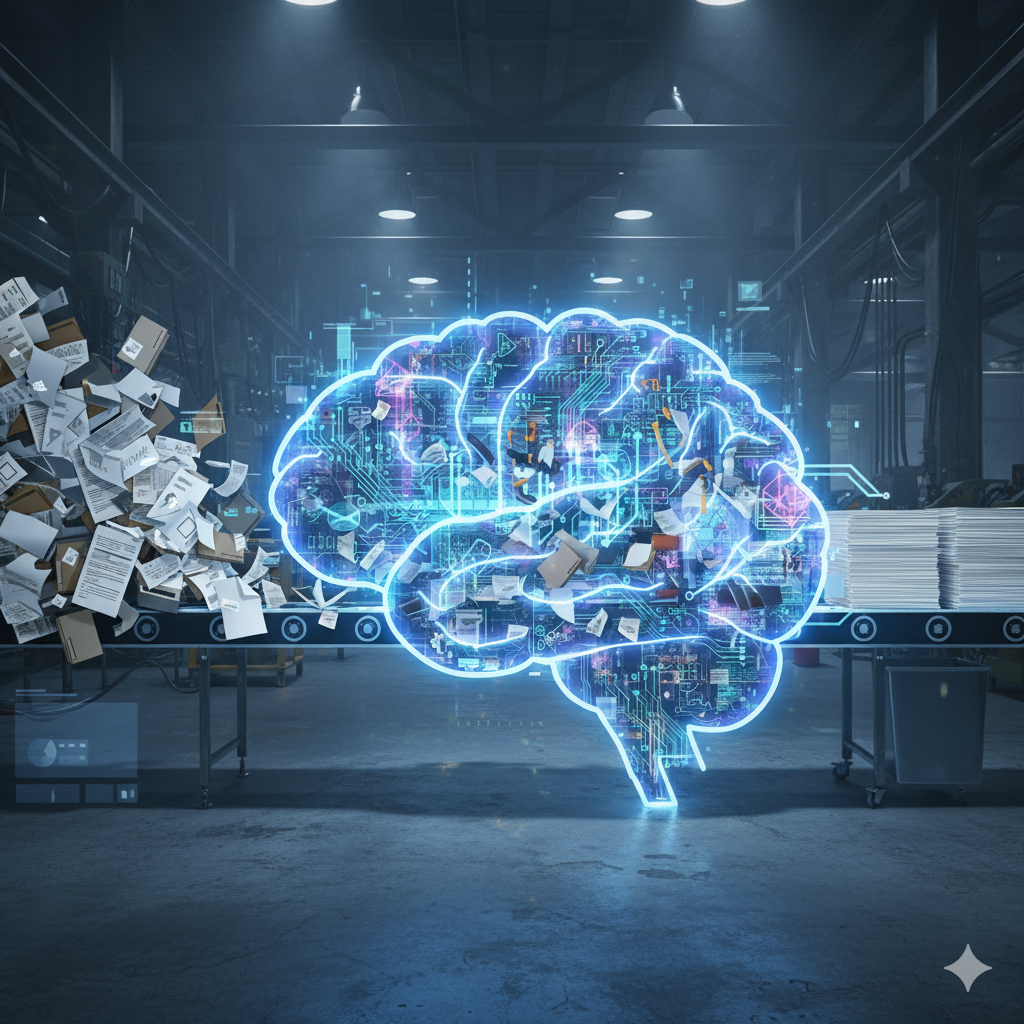How to Build a Modern Support Team with a Knowledge Base and AI

You need AI to run a modern support team, but keeping the content of your KB clean is priority number one.
Creating a world-class support organization today means marrying rock-solid knowledge management with AI augmentation, without letting one undermine the other.
Here’s how to tackle the most common KB challenges and build a modern support team that delights both reps and customers.
1. Tackling “Garbage In, Garbage Out”
Even the smartest AI agent can’t magic up answers if your KB is full of outdated or incomplete articles. Left unchecked, this creates:
- Misleading responses that erode customer trust
- Agent frustration when they can’t rely on the system
- Increased escalations and longer resolution times
Recommendations:
- Audit your top-tier KB content regularly (quarterly is a good start). Focus on “high-velocity” topics that are most frequently surfaced by searches or tickets.
- Enforce a document lifecycle: articles move through Draft → Review → Publish → Archive/Update.
- Use automated pipelines to flag stale entries (ie: content not updated in 12+ months).
2. Cultivating Data Stewardship
A single “owner” caring personally about a topic area works wonders for accuracy. But that ownership needs structure.
Key steps to institutionalize stewardship:
Assign domain leads.
- For every major product or feature, designate a “KB Champion” responsible for content health. This doesn’t necessarily need to be a full-time position, just someone designated as the internal SME on a topic that is accountable for keeping the KB up-to-date in that area.
Embed KB tasks in performance goals.
- Tie a percentage of each Champion’s KPIs to article freshness and customer satisfaction on related topics.
Establish a review cadence.
- Monthly “KB Office Hours” where Champions and support reps co-review flagged tickets and update articles live.
3. Integrating AI with Rich Context
AI shines when it has a panoramic view of your customer’s journey and systems. Blind spots lead to guesswork and hallucinations.
Your Integration Playbook:
1) Connect core systems
- CRM (order status)
- Commerce platforms (product catalogs)
- Scheduling tools
- Any other source of customer-specific data.
2) Leverage RAG frameworks
The larger the context window, the smarter the AI's suggestions will be. Make sure to ingest:
- FAQs
- Transcripts
- Case histories
- Community forums
4. Driving Continuous Improvement with Metrics
You can’t fix what you don’t measure. Build dashboards that surface the following (and other key metrics within your organization):
- Search failure rates: Percentage of searches returning zero or irrelevant results.
- Article usage: Which entries are most (and least) leveraged by both AI and agents.
- Feedback loops: Capture both agent “thumbs up/down” and customer survey comments tied directly to specific articles.
Actionable tactics:
- Slice metrics by topic area and assign Champions to address the top 3 under-performers each month.
- Run “Failure Forensics” sessions: deep-dive on tickets that stalled for > X hours, trace back to KB gaps, and deploy updates within 48 hours.
5. Empowering Support Reps with a Human+AI Workflow
The era of standalone chatbots is over. Modern teams need AI assistants that enhance (not replace) the rep’s expertise.
Best practices for embedding AI into workflows:
1) Suggest, don’t replace.
- Let the AI draft responses or recommend articles, but empower reps to edit and add personal context.
2) Gap flagging.
- Use AI to automatically identify missing or outdated KB content as it fields real-time questions.
3) Training & trust building.
- Host biweekly “AI Tinker Time” where reps experiment with new AI features, surface quirks, and co-create tweaks with your AI vendor or internal team.
6. Demonstrating ROI and Business Impact
Leaders need bottom-line justification to keep investing in KB hygiene and AI tooling. Focus on metrics that resonate:
- Cost per ticket: Show how resolution times shorten as AI suggestions improve.
- Agent capacity: Highlight how reps can handle more tickets with AI “second brains.”
- CSAT and NPS lift: Correlate article quality improvements and AI assistance with survey scores.
- Headcount savings: Model how fewer hires are needed to support the same (or growing) ticket volume.
7. Putting It All Together: Your Roadmap to Modern Support
1) Foundation (Months 0–3)
- Conduct a top-priority KB audit
- Appoint domain Champions, set up document lifecycle
- Select an AI platform with strong RAG and API capabilities
2) Expansion (Months 4–6)
- Integrate key systems (CRM, commerce, scheduling)
- Build analytics dashboards and feedback loops
- Launch AI-powered draft suggestions in a pilot group
3) Optimization (Months 7–12)
- Scale AI assistant to full team, refine based on “AI Tinker Time” insights
- Embed KB metrics in executive reports
- Run quarterly “Failure Forensics” and iterate continuously
Final Thought
A thriving AI-driven support org isn’t born, it’s built. One high-quality article, one integration, and one metric at a time. Nail the basics of KB quality and human ownership first, then layer on AI capabilities that amplify your team’s expertise. Done right, you’ll see happier customers and more empowered support reps, a true win-win in the modern era.

.svg)


.svg)






